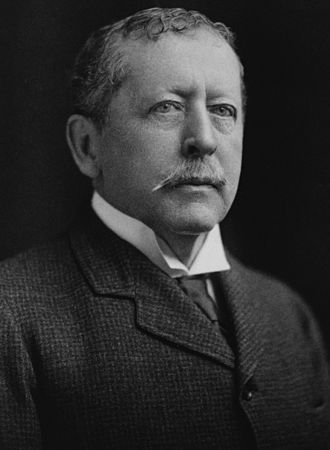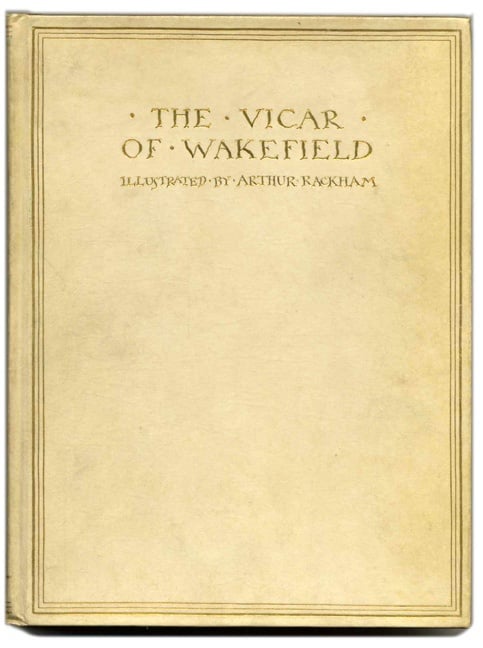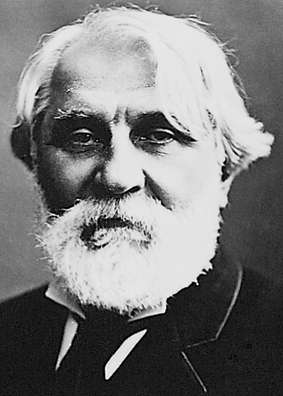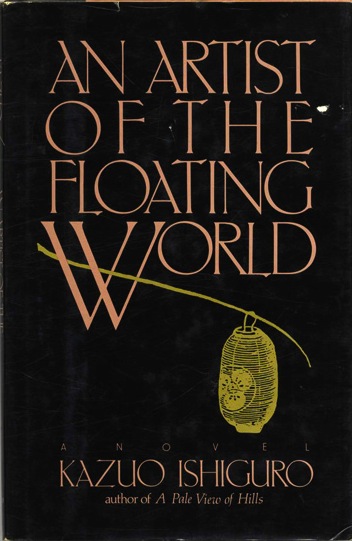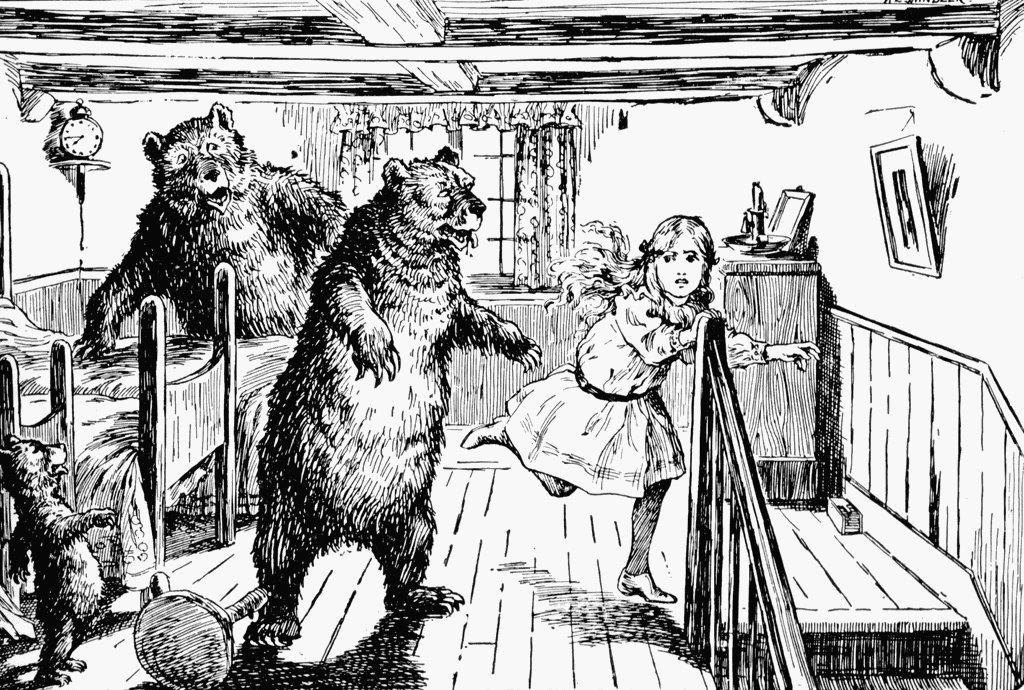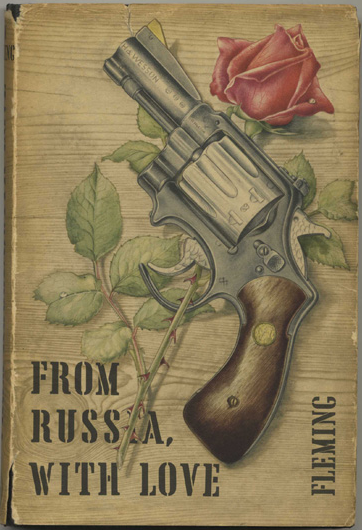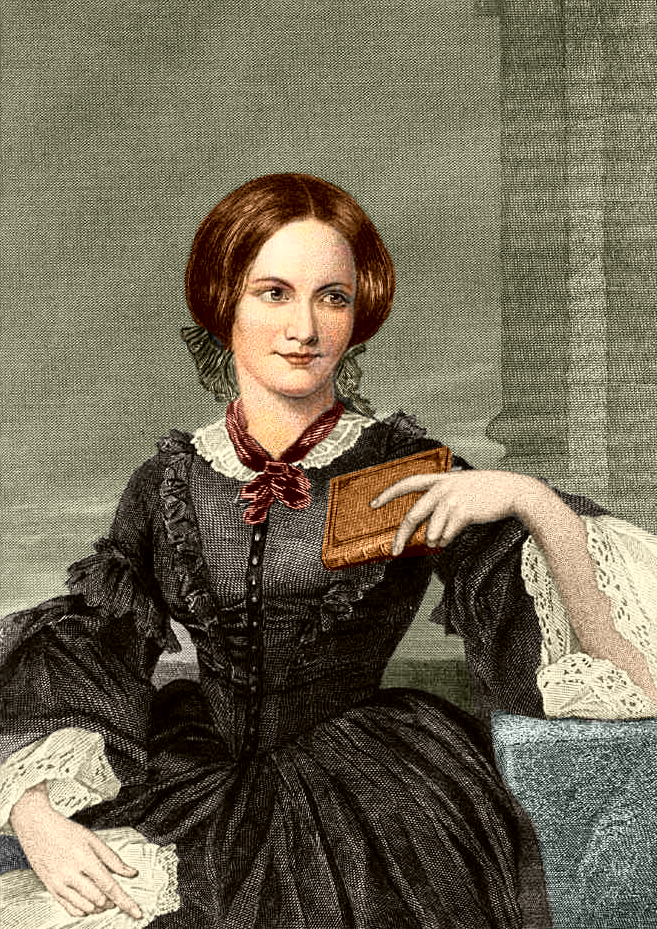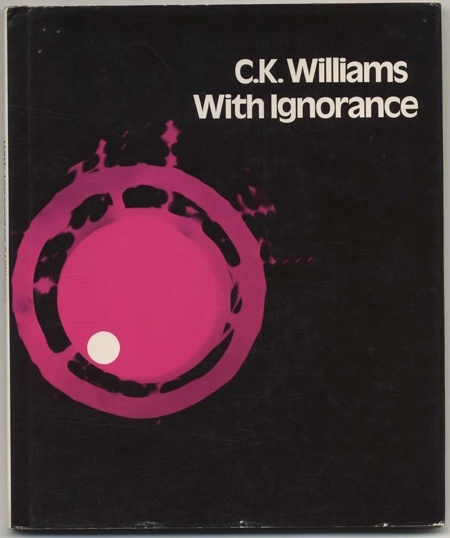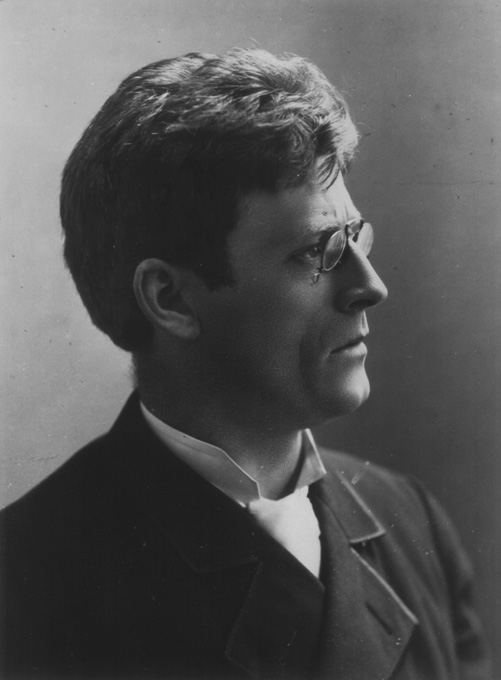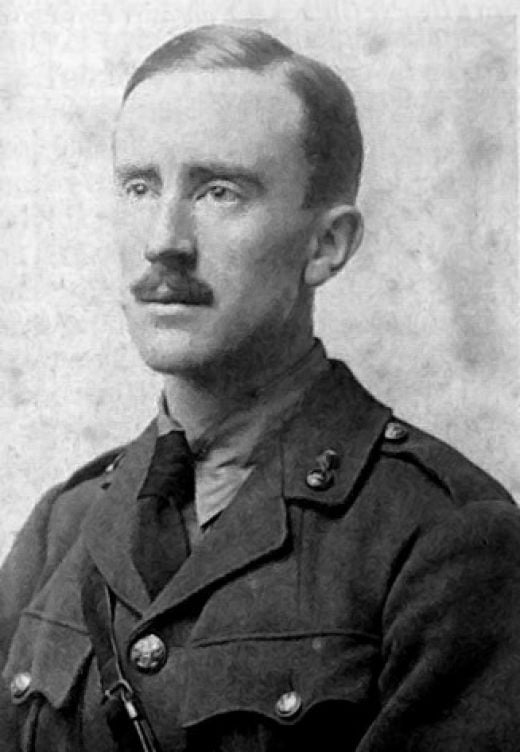"Lord, I loathe that woman so! She is an idiot—an absolute idiot—and does not know it ... and her husband, the sincerest man that walks...tied for life to this vacant hellion, this clothes-rack, this twaddling, blethering, driveling blatherskite!"
-Mark Twain, referring to Thomas Bailey Aldrich’s wife, Lillian
To be called "the sincerest man that walks" by Mark Twain, one of the fathers of American fiction and whose contributions still loom after more than a century and a half, is certainly a rare honor. You have to imagine, however, that New England-born poet, novelist, travel writer, and editor Thomas Bailey Aldrich would have preferred the compliment couched in slightly less venomous language. Indeed, given only that quotation, you would have gleaned very little about a writer whose influence has outlived his name recognition.




